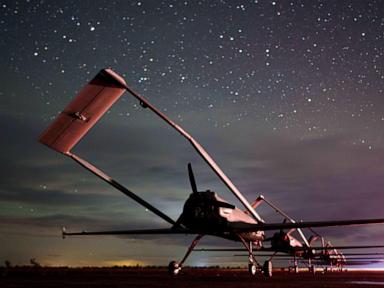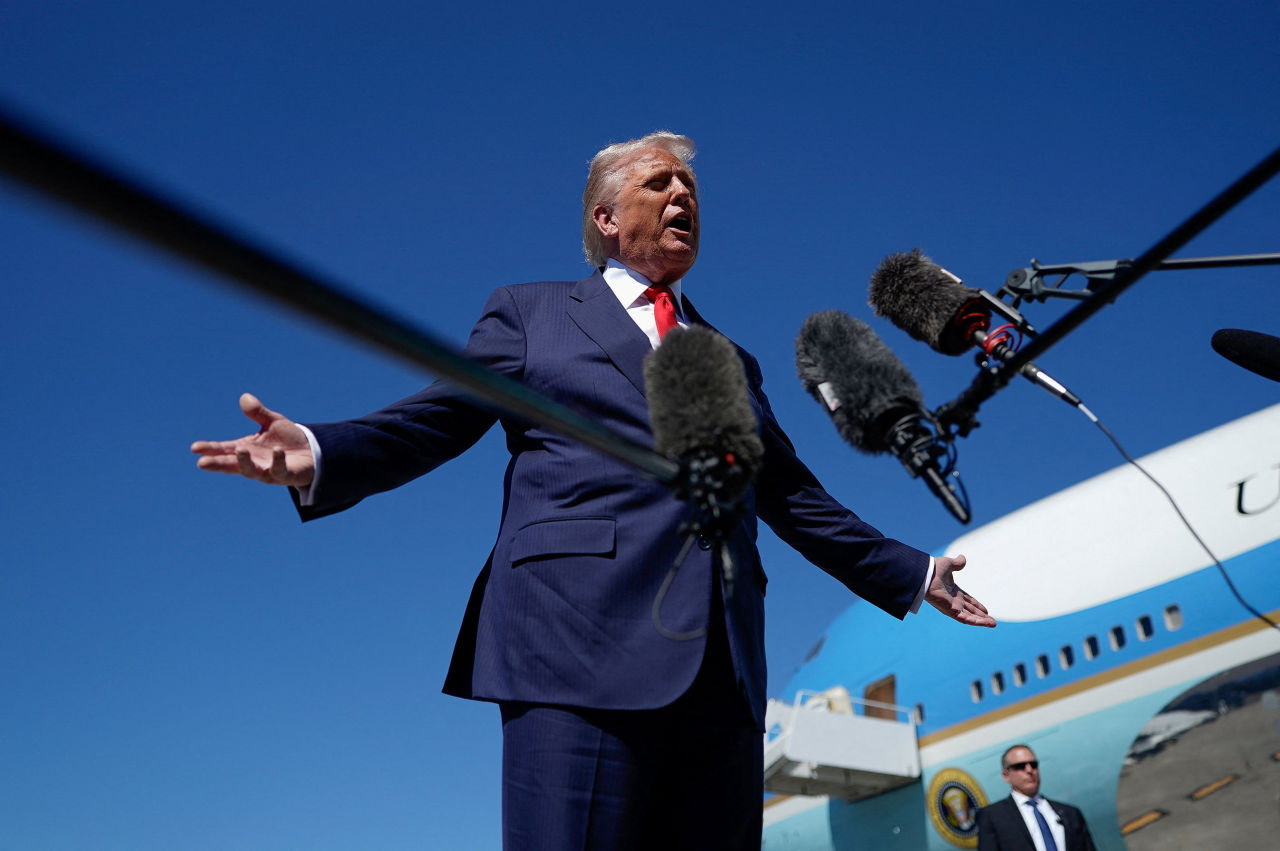In a significant escalation of its military strategy, Ukraine has intensified its drone strikes deep within Russian territory, targeting critical infrastructure such as oil refineries and military logistics hubs. This campaign, which began ramping up in the summer of 2023, has led to notable disruptions in Russia’s energy supply and has forced a reevaluation of Moscow’s air defense capabilities.
Strategic Drone Operations
At undisclosed locations in rural Ukraine, Ukrainian forces assemble attack drones under the cover of darkness. These drones, built from components sourced from a network of local workshops, have achieved unprecedented range, now striking targets located up to 1,000 kilometers from the Ukrainian border. Their operations, described as both methodical and covert, aim to inflict damage on Russia’s energy infrastructure, which has been a key focus since the onset of the conflict.
According to a recent analysis by the Carnegie Endowment, Ukrainian drones have successfully targeted 16 major Russian refineries, which account for approximately 38% of Russia’s refining capacity. Despite these attacks, the think tank notes that the overall impact on Russia’s refining output has been somewhat mitigated, as many facilities quickly resumed operations due to existing fuel surpluses.
Impact on Russian Fuel Supply
The strikes have created significant fuel shortages within Russia, prompting rationing in several regions. President Volodymyr Zelenskyy stated that Ukraine’s enhanced long-range strike capability has forced Russia to import fuel and restrict exports. He claimed, “We believe they’ve lost up to 20% of their gasoline supply — directly as a result of our strikes.”
Ukrainian forces, equipped with the Liutyi drone, a relatively simple but effective craft, have optimized their strategy to evade detection. Described as resembling a home improvement project more than a sophisticated weapon, the Liutyi is emblematic of Ukraine’s resourceful approach to warfare. Its production costs have decreased to as low as $55,000, making it accessible for sustained operations.
As Ukraine continues to adapt its military tactics, experts are noting a shift in the conflict’s geography. According to Adriano Bosoni, director of analysis at RANE, “For most of the war, Russia operated on the assumption that its own territory was safe. That’s no longer the case.” The ongoing drone campaign is not only altering Russia’s logistics but also reshaping perceptions about the vulnerability of its homeland.
The International Energy Agency reported that these drone strikes have cut Russia’s refining capacity by around 500,000 barrels per day, significantly impacting domestic fuel availability and export capabilities. These developments come as Western nations tighten sanctions on Russia’s oil industry, further complicating Moscow’s efforts to sustain its war efforts.
In the midst of these operations, Ukrainian commanders emphasize the importance of meticulous planning and execution. The commander, known by his call sign “Fidel,” stated, “Drones are evolving. We want to deliver the best result. For us, this is a holy mission.” This commitment underscores the personal stakes involved for those fighting in the conflict, with many recognizing the broader implications of their actions.
As Ukraine’s drone capabilities continue to evolve, the ongoing conflict is likely to witness further adjustments in tactics from both sides. The implications of these developments extend beyond immediate military objectives, potentially influencing global energy markets and international diplomatic relations.
With the war continuing to unfold, the situation remains dynamic, and both local and international observers are closely monitoring the impact of Ukraine’s drone strikes on the conflict’s trajectory.







